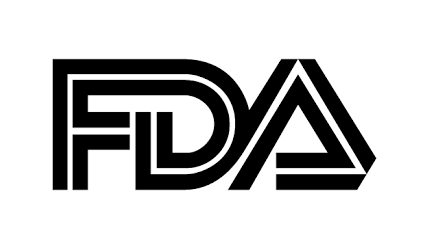
FDA Seeks Quicker Means of Updating Withdrawn Drugs List
The FDA is concerned that it takes too long to update the list of drugs withdrawn or removed due to safety or efficacy reasons and no longer acceptable for compounding, and is asking stakeholders to suggest alternatives to the advisory committee/rulemaking process.
A proposed rule adding 25 drugs to the withdrawn or removed list is due to be published today, along with a Federal Register notice seeking suggestions of alternative procedures, according to briefing documents released ahead of an advisory panel meeting.
Additionally, the FDA is proposing to withdraw the following: all drug products containing more than 325 mg of acetaminophen per dosage unit; aprotinin; all intravenous drug products containing greater than a 16 mg dose of ondansetron hydrochloride; and products containing bromocriptine mesylate for prevention of physiological lactation.
The Pharmacy Compounding Advisory Committee meets today to discuss the proposed additions to the Withdrawn or Removed List, as well four drugs to be added to its Bulk Drug Substances List: brilliant blue G; tranilast; N-acetyl-D-glucosamine; and oxitriptan.
The panel will also consider how patients may access drug products under the FDA’s compassionate use policy that appear on the withdrawn or removed list or use bulk substances that don’t meet FDA criteria.
Difficult to Compound
Last week, the FDA discussed proposed criteria to identify drug products that are demonstrably difficult to compound. The six criteria are:
- Complex formulation, which increases the likelihood of an adverse effect on safety or effectiveness;
- Complex drug delivery mechanism, such as coated beads, polymeric matrices or liposomes;
- Complex dosage form, such as propellant-based aerosol products or dry powder inhalers.
- Bioavailability — i.e., the rate and extent to which active ingredients or active moieties are absorbed;
- Complex compounding process, which increases the likelihood of error that could lead to adverse effects. The FDA cites, for example, a “multi-step, highly interrelated process of creating multi-particulate dosage forms of soli oral beads that require wet granulation, extrusion, speronization, fluid bed drying, coating or curing before they are processed into the final dosage form;” and
- Physicochemical or analytical testing complexity — i.e., the challenges presented with confirming end-product testing for batch-to-batch uniformity, potency, purity and quality.
No single criteria would disqualify a drug from compounding, the agency says, adding drugs and categories of drugs would be considered on a case-by-case basis. — John Bechtel
